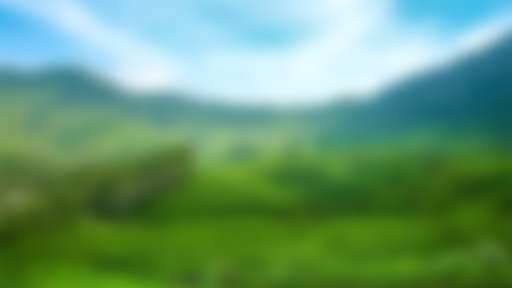
Sorry, we couldn't find anything that matches your search.
Destination

Famous Places to Explore in Hyderabad
A vibrant city with the imposing...

Raipur Tourist Places | Best Place to Visit
The stronghold of several erstwhile...

Ahmedabad
Declared as India's first UNESCO World...
#
The town of Bhairavgarh is popularly known for the ancient art of Bhairavgarh print, which is noted for its perfect symmetry. The technique is believed to have been in use in India for more than 200 years now. The print uses melted wax to create pretty motifs of leaves and flowers, spiralling creepers and intricate doodles in shades of yellow and red.
In the process, vats of wax are slowly heated on gas, and then taken to sand-covered tables where wax patterns are drawn on a cloth. With a stylus made by tying coconut husk on a metal rod, craftsmen draw out wax patterns on the fabric. In earlier times, the patterns were created with blocks made of potatoes. These blocks were later replaced with wooden ones. Once the wax on the fabric dries, it undergoes dyeing. All types of fabrics can be used for this print. Natural dyes are used only rarely, usually for Kalamkari designs, but other than that, the use of vivid chemical dyes is prevalent.




